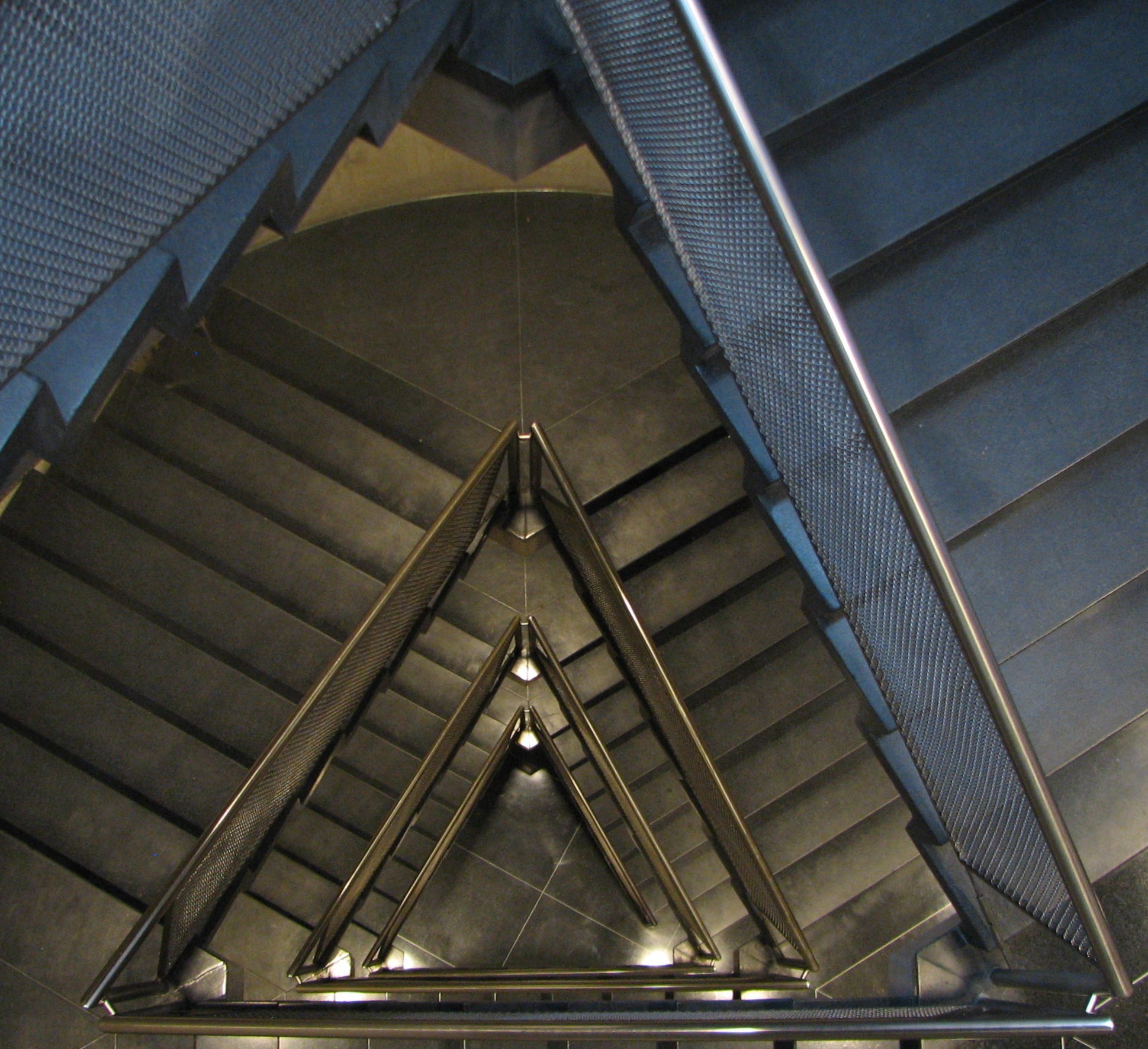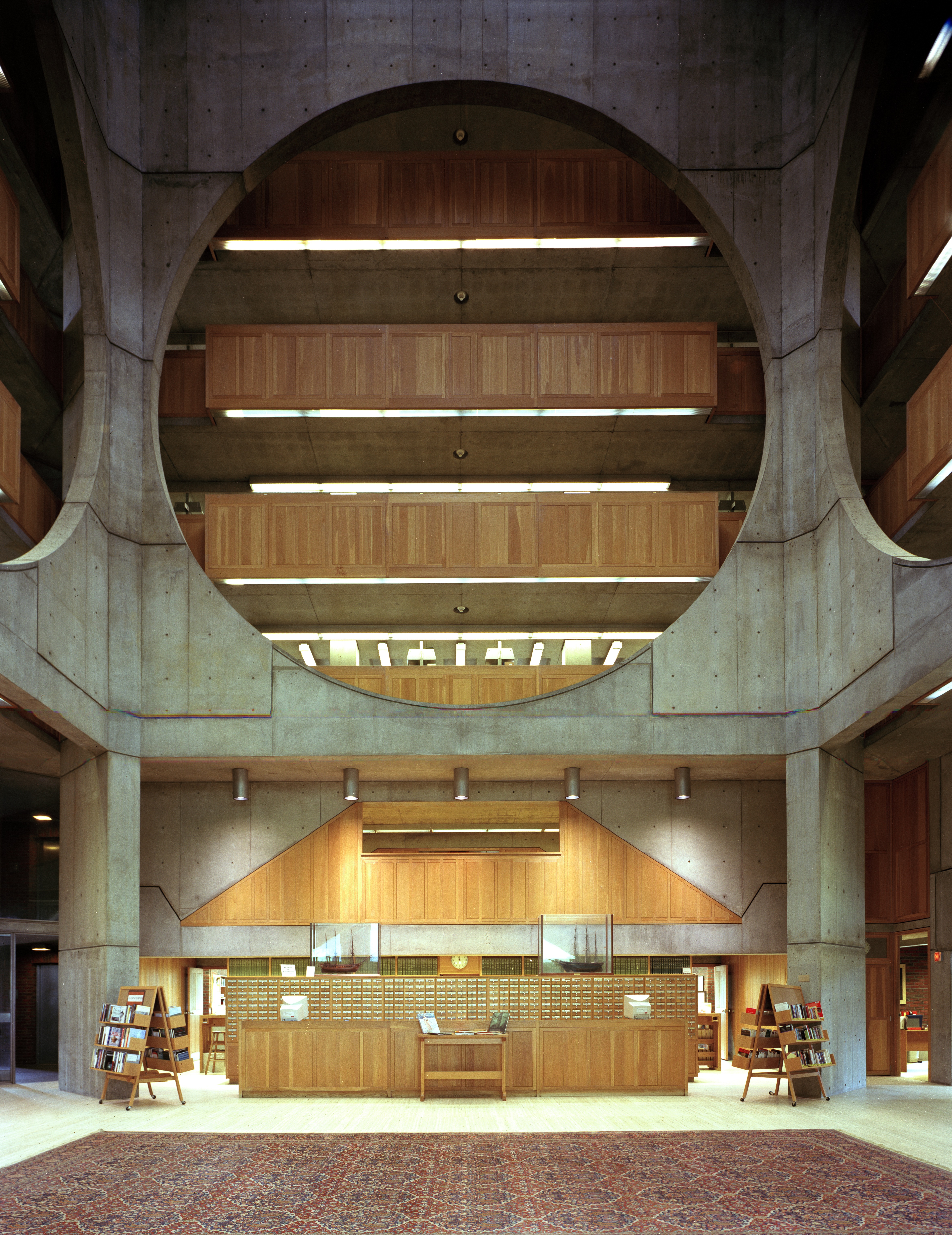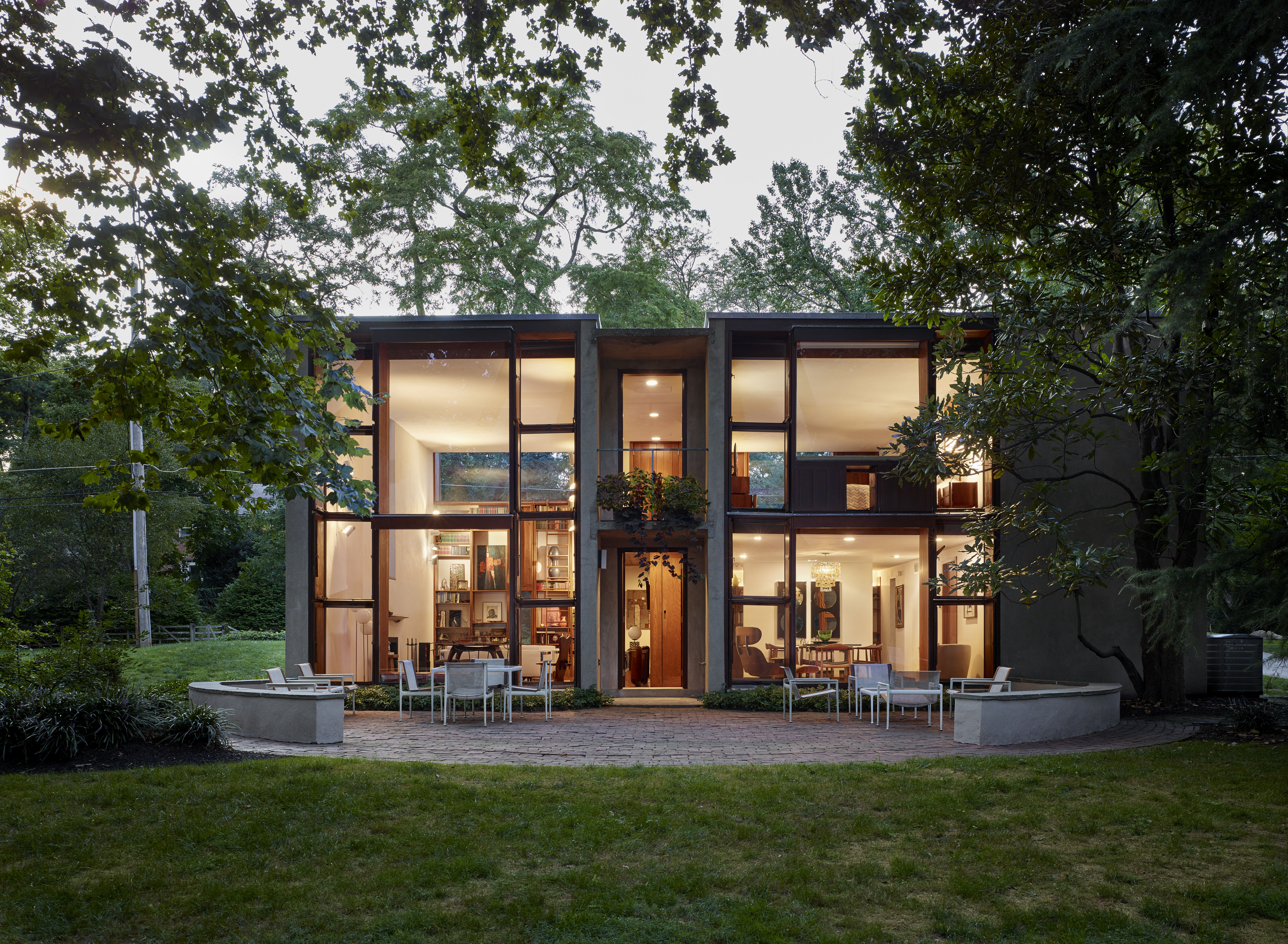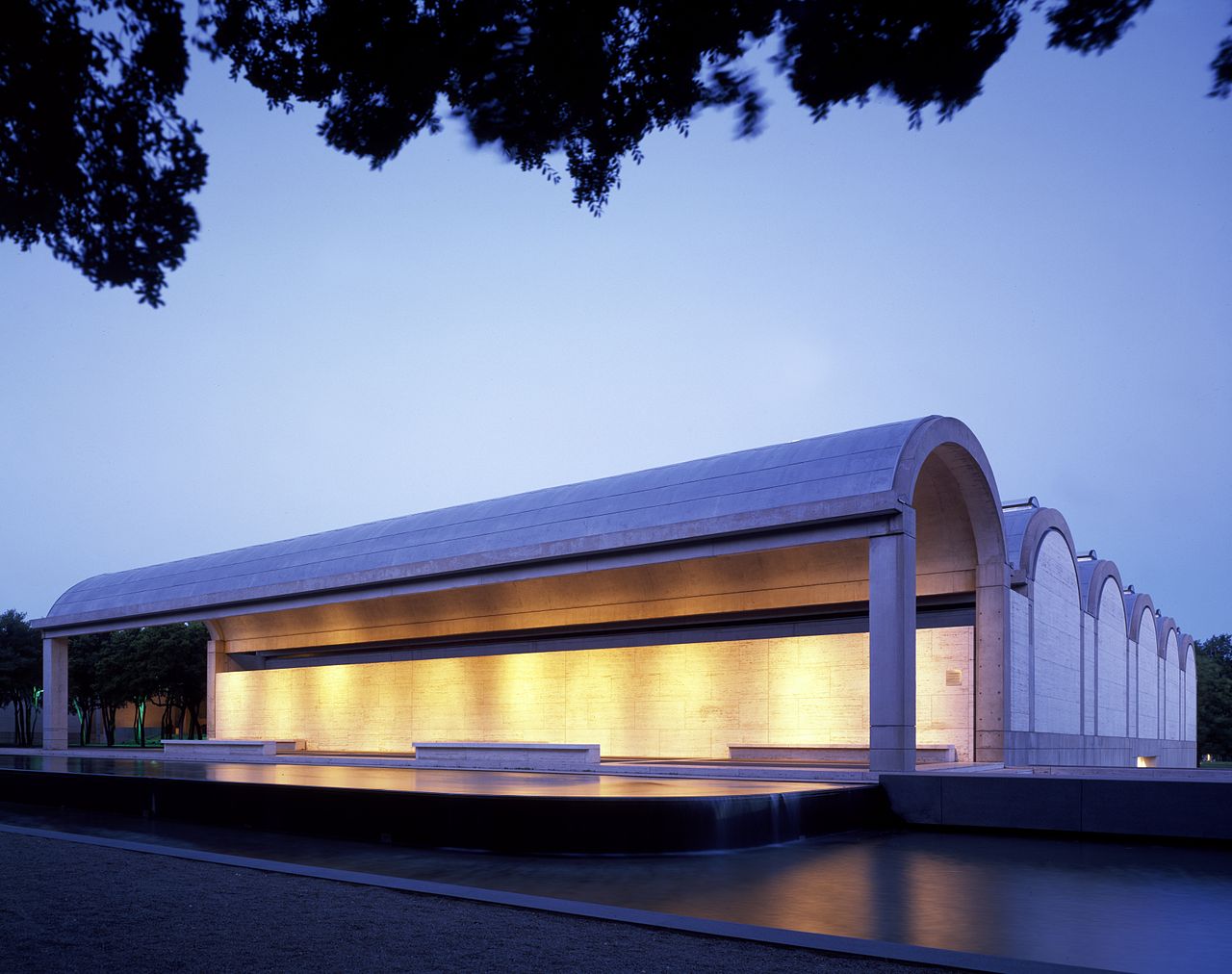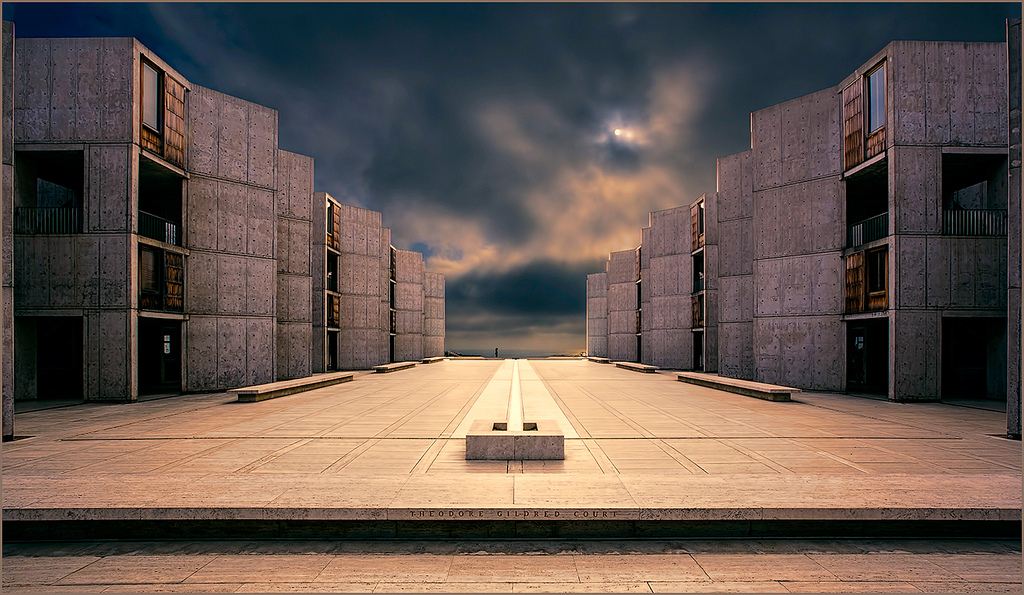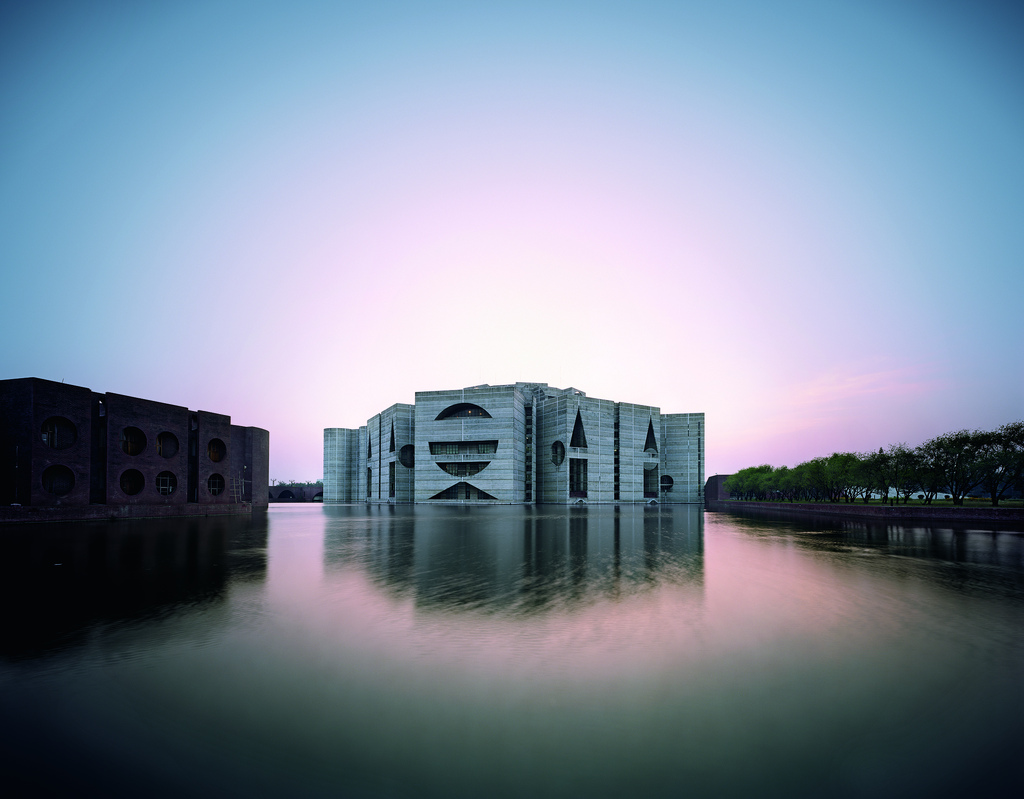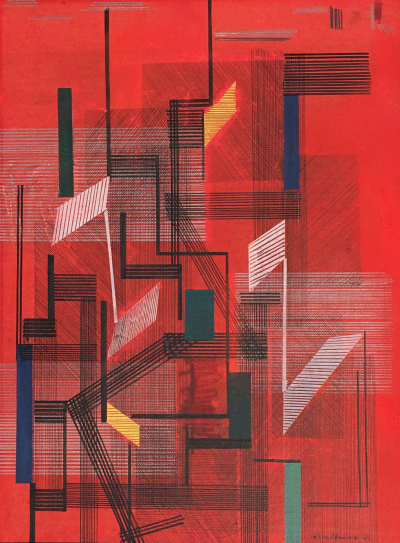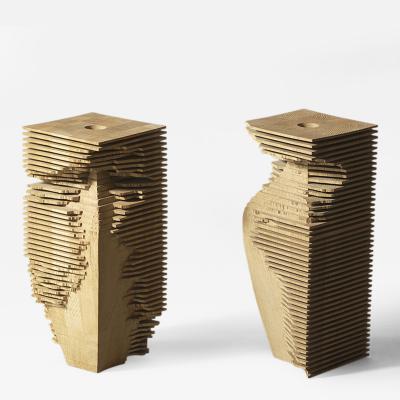Top 7 Designs by Modernist Architect Louis Kahn
Louis Kahn, one of the most highly acclaimed architects to come out of the United States in the 20th century, was known for creating monumental architecture that combined Modernism with his unique and poetic philosophy. Louis Kahn believed that architecture should be monumental and spiritually inspiring. His designs remain a testament to this belief. His complex spatial compositions, mastery of light, and the powerful universal symbolism embodied in his designs are what make Louis Kahn’s architecture a keystone of 20th-century modernism.
Born Itze-Leib Schmuilowsky in 1901 in what is now Estonia, Louis Kahn moved with his family as a young child to Philadelphia. His family changed their surname to Kahn in 1915 to assimilate, and Louis became a naturalized citizen. Growing up, his family could not afford pencils, so they made their own charcoal sticks from burnt twigs so that Louis could draw. Having loved drawing and design his whole life, he went on to attend the University of Pennsylvania and completed a degree in Architecture in 1924. Kahn opened his own architectural practice in 1935.
The depth and solidity of his buildings were translated from his passion for the medieval architecture he studied on a tour of Europe through the ancient walled French town of Carcassonne and the castles of Scotland. Louis Kahn designed all over the world, including across the United States, and in India and Bangladesh. Kahn infused international style with his highly personal taste. Though he only arrived at his distinct architectural style in his early 50s, over the span of those two decades before his death at the age of 73, Louis Kahn became one of the most influential Modernist architects of the century, along with contemporaries Le Corbusier and Mies van der Rohe. Kahn inspired many high-tech architects of the late 20th century, such as Renzo Piano, who once worked in Kahn’s office, Richard Rogers, and Norman Foster.
Kahn was often described as a guru or a mystic because of his deeply insightful understanding of architecture. Even his death has become a well-known bit of architectural lore. In 1974, after just returning home from a trip to India, he died of a heart attack at Penn Station. His family was not notified until two days afterwards because of miscommunication between the New York and Philadelphia police departments. However, the briefcase he was carrying at the time of his death contained designs for a Franklin D. Roosevelt memorial on New York’s Roosevelt Island. Those designs eventually were faithfully carried out decades later and his last built work, Four Freedoms Park, was completed posthumously in 2012.
OUR TOP 7 LOUIS KAHN ARCHITECTURAL FEATS
We've selected some of Kahn's most famous architectural feats from around the world:
#7: Yale University Art Gallery, New Haven, CT
This design was Kahn’s first significant commission and first masterpiece, brimming with technical innovations. Built between 1951 and 1953, Kahn designed a hollow concrete tetrahedral space-frame that eliminated the need for ductwork and reduced the floor-to-floor height by channeling air through the structure itself.
#6: First Unitarian Church in Rochester, NY
Kahn’s design was named one of the greatest religious structures of the 20th century by Paul Goldberger, a Pulitzer Prize-winning architectural critic.
- #5: Phillips Exeter Academy Library, Exeter, NH
This project was awarded the 25 Year Award by the American Institute of Architects in 1997. It is famous for its dramatic atrium with enormous circular openings to book stacks.
#4: Margaret Esherick House, Chestnut Hill, Philadelphia, PA
One of only nine residential commissions Kahn ever built, this one bedroom house was constructed between 1959 and 1962. Built for bookseller Margaret Esherick, niece of noted wood sculptor and cabinetmaker Wharton Esherick, this house was recently went through a national award-winning restoration and preservation project. Its owners, Paul Savidge and Daniel Macey, hired architect k YODER design and designer Louise Cohen to channel the spirit of Louis Kahn in the restoration of the house. All nine of Kahn’s residential homes remain standing, and all located in the Philadelphia area.
- #3: Kimbell Art Museum, Fort Worth, TX
The Kimbell Art Museum is considered to be another one of Louis Kahn’s masterpieces. Constructed between 1967 and 1972, the design features bays of cycloid-shaped barrel vaults, with ceiling slits that bathe the gallery and its works in gorgeous natural light.
#2: Salk Institute, La Jolla, San Diego, CA
Kahn was commissioned in 1965 to design this project by Dr. Jonas Salk, the inventor of the polio vaccine. Dr. Salk envisioned a facility with an inspiring environment for scientific research. Kahn’s design created a functional institutional building that became an iconic architectural masterpiece.
#1: Jatiyo Sangshad Bhaban (National Assembly Building), Dhaka, Bangladesh
The National Assembly building was the last project in Kahn’s lifetime, and one of his most admired works. Developed from 1962 to 1974, Kahn landed the design contract with a little help from one of his students at Yale, Muzharul Islam, who worked with him on the project. This building is the centerpiece of the national capital complex designed by Kahn, including hostels, dining halls, and a hospital. It is revered by many as Kahn’s magnum opus.















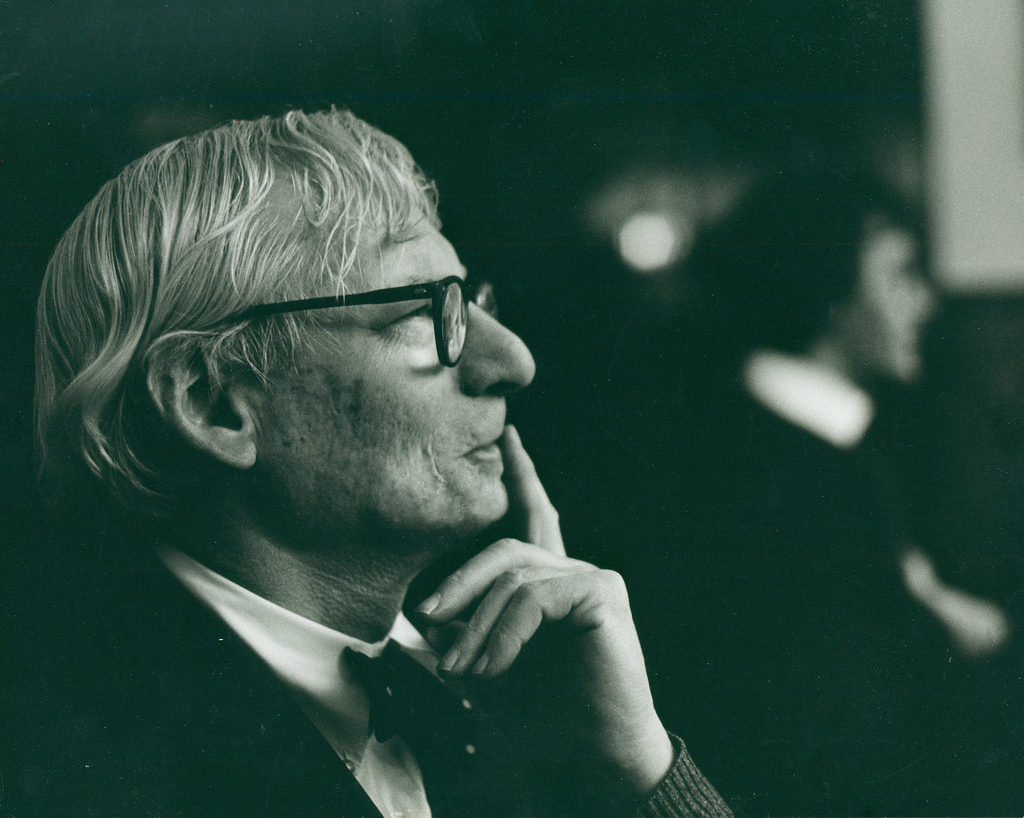
1.jpg)
